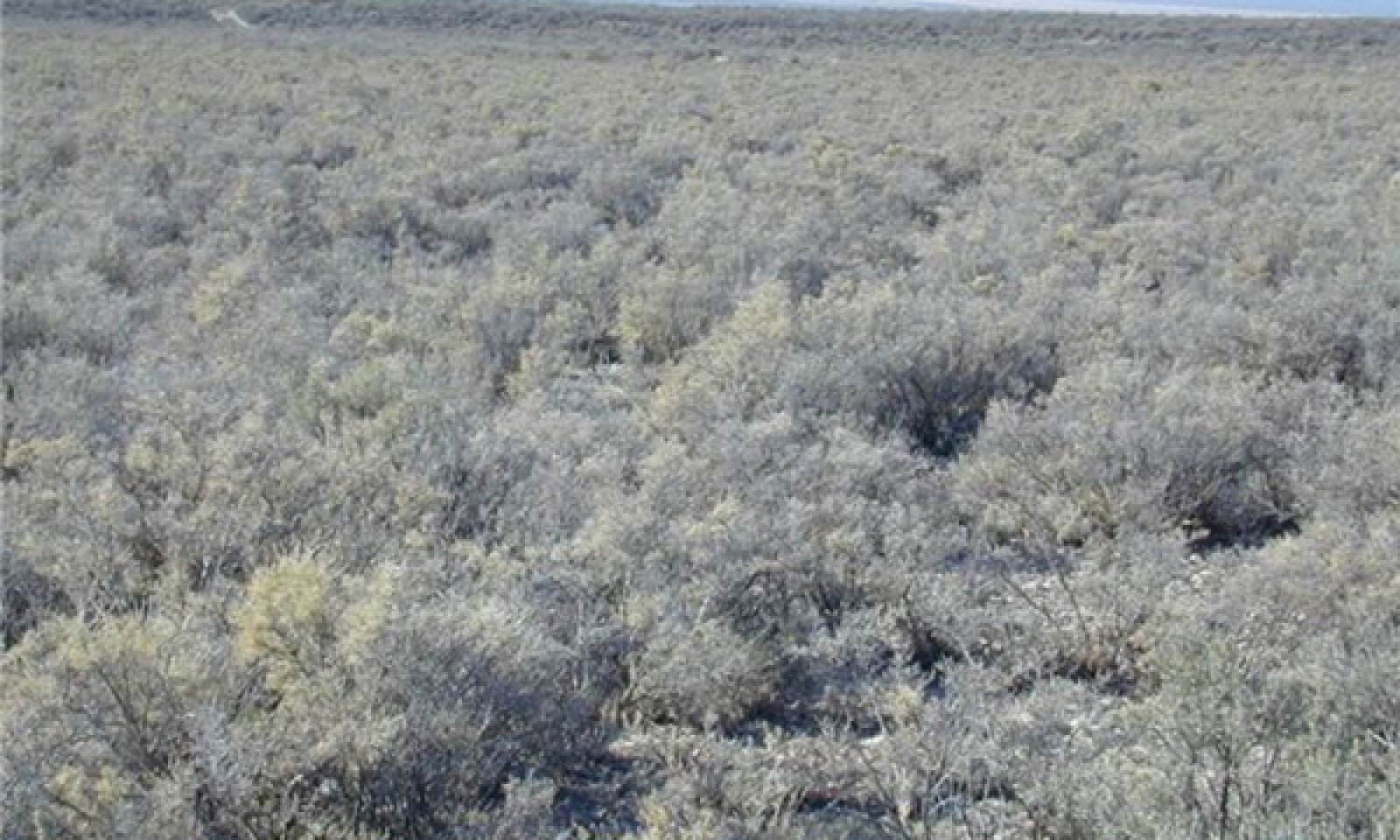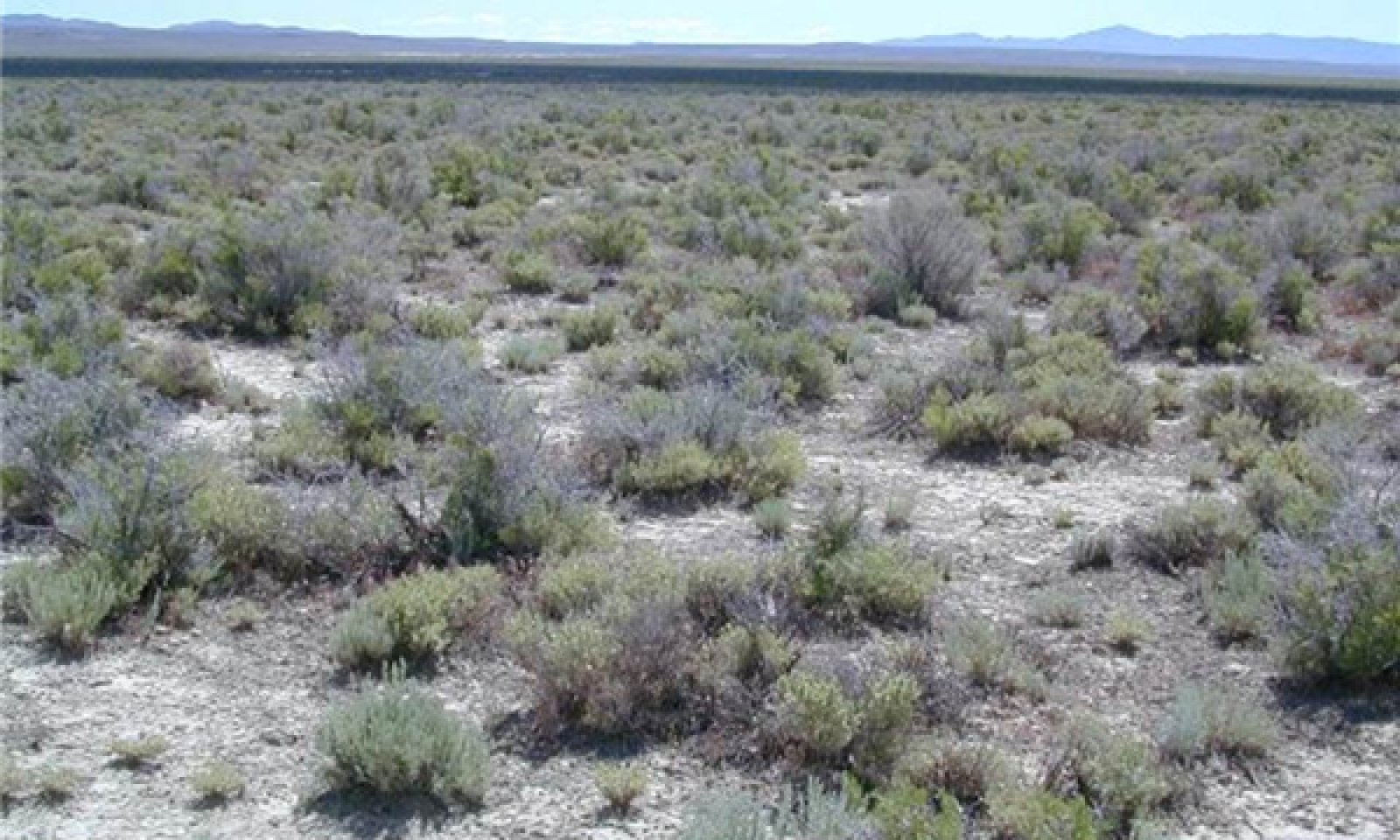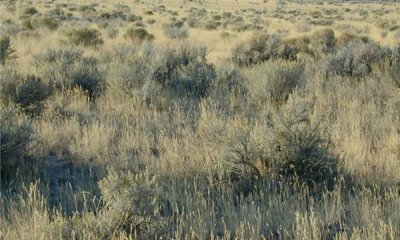
Semidesert Alkali Loam (Black Greasewood)
Scenario model
Current ecosystem state
Select a state
Management practices/drivers
Select a transition or restoration pathway
- Transition T1a More details
- Transition 2a More details
- Transition 3a More details
- Transition 3b More details
- Transition 4a More details
-
No transition or restoration pathway between the selected states has been described
Target ecosystem state
Select a state
Description
The Reference State 1 is a representative of the natural range of variability under pristine conditions. The Reference State has three general community phases; a shrubgrass dominant phase, a perennial grass dominant phase and a shrub dominant phase. State dynamics are maintained by interactions between climatic patterns and disturbance regimes. Negative feedbacks enhance ecosystem resilience and contribute to the stability of the state. These include the presence of all structural and functional groups, low fine fuel loads, and retention of organic matter and nutrients. Plant community phase changes are primarily driven by fire, periodic drought and/or insect or disease attack.
Submodel
State 2
Current Potential State




Description
Plant communities in this state can include both native and non-native species. This state is irreversibly changed from the reference state because the non-native species will now remain a permanent part of the community.
Submodel
State 3
Shrub dominated / Invasive annual state






Description
Native shrubs dominate this state with an understory of invasive annuals. Native herbaceous plants have been removed either from poor management and/or change in fire return interval.
Submodel
Description
Invasive annuals dominate this state. This can occur from a decrease in the fire return interval, with fire occuring more freqently than typical for the site. This increase in the occurance of fire can make it difficult even for shrubs that sprout like greasewood and rabbitbrush to survive. Frequent fires favor the establishment and dominance of annual species, like cheatgrass. Once annual species are dominant, this increases the likelihood of the site to be burned on a regual basis because of the increase in fine fuels.
Submodel
Description
This state is seeded to species that may be composed of introduced and native species. Shrubs may or may not be present in this state, but are typically present from natural regeneration. Invasive annual species are also typcially present.
Submodel
Mechanism
Long-term improper grazing (including season long, overstocking, wrong season, etc.); and/or prolonged drought that remove fine fuels from the site lessening the potential for fire to occur. This allows both sprouting and non-sprouting shrubs such as Black greasewood, Yellow Rabbitbrush, Horsebrush and Wyoming big sagebrush to increase. Shrubs may become decadent due to age. Bottlebrush squirreltail, Nevada bluegrass and other perennial bunchgrasses lose vigor and decrease in the community due to shrub competition and grazing pressure. Western wheatgrass and James galleta may increase. Bare ground may increase and dominate the interspaces.
The threshold is crossed when there is an introduction of non native species, primarily cheatgrass and various annual mustards, which become established in the community. Invasive species may become established under any circumstances, even in the abscence of grazing.
Mechanism
Sustained, long-term improper grazing (including season long, overstocking, wrong season, etc.) and/or prolonged drought; major reduction of perennial fine fuels resulting in the continued lengthening of fire period resulting in a dense shrub layer; near elimination of native perennial vegetation, and an increase in invading annuals. Black greasewood, Wyoming big sagebrush and Yellow rabbitbrush dominate the shrub layer and may be decadent due to age. Bottlebrush squirreltail and other perennial bunchgrasses are significantly reduced due to increased shrub competition and/or heavy grazing pressure. The threshold is crossed when invasive annuals such as cheatgrass, annual mustards and other invasive species dominate the understory.
Mechanism
Increase in fire return interval that kills the shrub overstory.
Mechanism
The mechanical and/or chemical treatment of shrubs and seeding of introduced, native or combination rangeland species.
Model keys
Briefcase
Add ecological sites and Major Land Resource Areas to your briefcase by clicking on the briefcase (![]() ) icon wherever it occurs. Drag and drop items to reorder. Cookies are used to store briefcase items between browsing sessions. Because of this, the number of items that can be added to your briefcase is limited, and briefcase items added on one device and browser cannot be accessed from another device or browser. Users who do not wish to place cookies on their devices should not use the briefcase tool. Briefcase cookies serve no other purpose than described here and are deleted whenever browsing history is cleared.
) icon wherever it occurs. Drag and drop items to reorder. Cookies are used to store briefcase items between browsing sessions. Because of this, the number of items that can be added to your briefcase is limited, and briefcase items added on one device and browser cannot be accessed from another device or browser. Users who do not wish to place cookies on their devices should not use the briefcase tool. Briefcase cookies serve no other purpose than described here and are deleted whenever browsing history is cleared.
Ecological sites
Major Land Resource Areas
The Ecosystem Dynamics Interpretive Tool is an information system framework developed by the USDA-ARS Jornada Experimental Range, USDA Natural Resources Conservation Service, and New Mexico State University.



